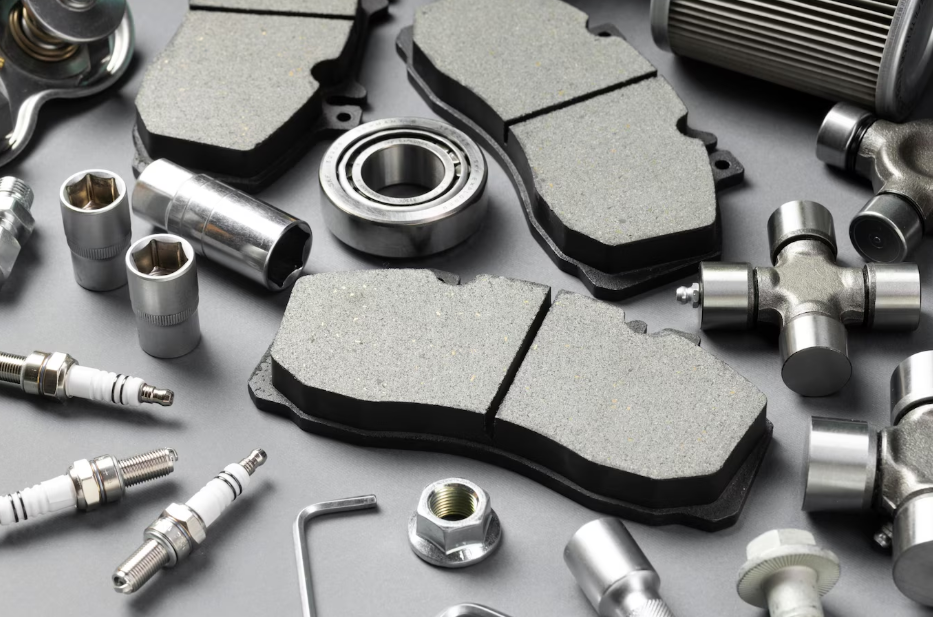Rapid tooling is one of the best and effective ways of creating prototypes, over the last twenty years thanks to the trends in manufacturing technology, the evolving tech has finally caught up with the needs and requirements of modern clients.
A lot of sectors and industries are creating parts/products using customized parts of new developments or existing products thus making your life much easier and smoother.
The ongoing developments in the studies and research in the rapid tooling sector have presented manufacturers with a wide variety of options as well as the updating of the existing technology. One thing that you need to know about rapid tooling is there are multiple options and each of them comes with their benefits for that specific job.
Table of Contents
ToggleCommon features of rapid tooling techniques
With that said, rapid tooling comes with standard features regardless of the type of tooling technique you are utilizing. The first and the most important one if the molds must be robust and sturdy to handle all the resins or plastics at extremely high temperatures.
The rapid tooling machines must also handle the production cycle and comfortably manage the high number of pressures per square inch which clamps every time the mold combines and cast apart.
The frame must also be sturdy enough to be able to sufficiently handle ongoing impact as well as high temperatures. With regards to surface finishing, the patterns must have a clean build and also have the ability to eject the created parts easily and seamlessly.
If you are working with multilayered products, trimming will be done after the end of the production cycle. Pertaining to leaking, the molds have to be supervised or you will have the entire production run at risk, thus its not worth such a minimal issue affecting the whole process.
3D printing the safer option of rapid tooling
After you’ve covered all the grounds about your project, the next step is choosing multiple paths to get your project done. One of the most common methods used by rapid tooling methods used by most manufacturers.
With this option, you can create your prototypes in less than four weeks, plus all the revisions and design flaws can simply be addressed by e-mail making it easy for both the client and the producer.
The technology used to make it work is affordable, modern software coupled with the right material will create parts and components of unique geometries, every idea that you can ever conceive can be made possible.
Elaborate techniques of production
Rapid tooling is an efficient way of production as it works on methods utilizing laser sintering technology. Initially, this tech was only thought to work with resins and plastic only. The lasers can also be tuned to be compatible with higher temperatures to deal with a wide array of metal shapes which is created with light metal and specialized software.
The final end-product has received positive accolades and feedback as well as have the ability to withstand adverse conditions. You first need to understand, the mechanics of your project before settling on one rapid tooling technique enhancing your margin of success.







